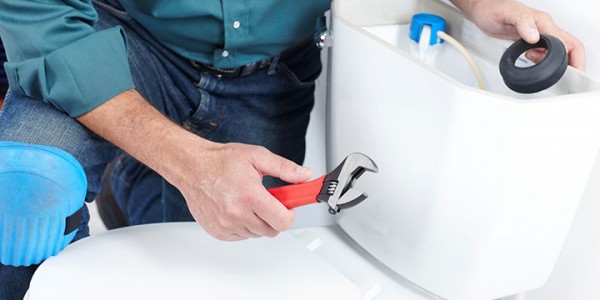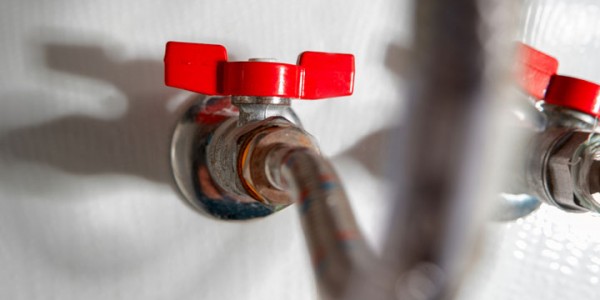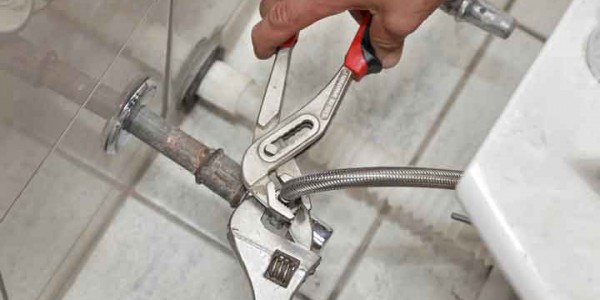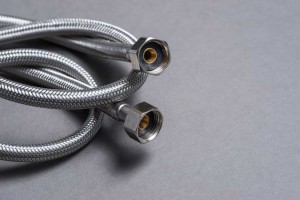Running toilets are annoying. They’re loud, constant, and a waste of resources (water and money). And while there are a number of things that can make a toilet run, the solutions are usually relatively simple and make for easy DIY projects. If you have a running toilet and want to fix it yourself, give these three solutions a try.
Step 1: Replace the Flapper
One of the most common causes of a running toilet is a worn out flapper, which is the rubber plug that prevents water from leaking down the drain in the tank to the toilet. Flappers get worn out because of mineral deposits, use, and water damage, but replacing them is cheap and easy.
To start, get yourself a new flapper at any hardware store. If you don’t know what kind of toilet you have, buy a universal flapper. Shut off the water supply to the toilet, remove the tank lid, and give it a flush to drain the tank. Remove the old flapper by removing the chain from the flush lever and pulling the flapper off the pins on the side of the overflow tube.
With the new flapper, position it over the drain, attach the sides to the overflow tube pins, and attach the chain. If the chain is too long and is getting caught under the flapper, shorten it. Turn the water back on and give it a test run.
Step 2: Adjust
If your toilet is still running after you replace the flapper, you can try adjusting the refill tube, which may not be adjusted or fastened properly. First, take a look at the overflow tube and the small tube that runs between it and the fill valve. This is the refill tube, and there are two things to look for:
A) The refill tube should be perched above the overflow tube. If it’s too long and actually goes down into the overflow tube, you need to shorten the refill tube. Unclip it if it’s attached and snip off enough so the refill tube will sit above the overflow tube.
B) The refill tube should be aimed into the overflow tube. If it’s not, then adjust it, so it drains into the overflow tube, and clip it in place.
 Step 3: Alter the Fill Height
Step 3: Alter the Fill Height
If that still didn’t stop your toilet from running, the last thing you can try is adjusting the level of the water in the toilet. For starters, check the level of the water in the tank by comparing it to the overflow tube.
The water level should be about half to an inch below the top of the overflow tube. If it’s higher than this, lower the water level.
For a toilet with a float arm attached to a float, loosen or tighten the screw attaching the float arm to the fill valve so that the float lowers.
For a toilet with a float attached to the fill valve column, either loosen the screw to lower the float or release the clip, lower the float, and replace the clip.
If you’re still having problems with your toilet after trying these three things, call Genmor Plumbing in San Jose, CA at 408-215-4612 for a professional diagnosis. We have a few tricks up our sleeves—plus years of experience—to fix running toilets, and we can also help you out with any other plumbing repairs or maintenance.






 Step 3: Alter the Fill Height
Step 3: Alter the Fill Height